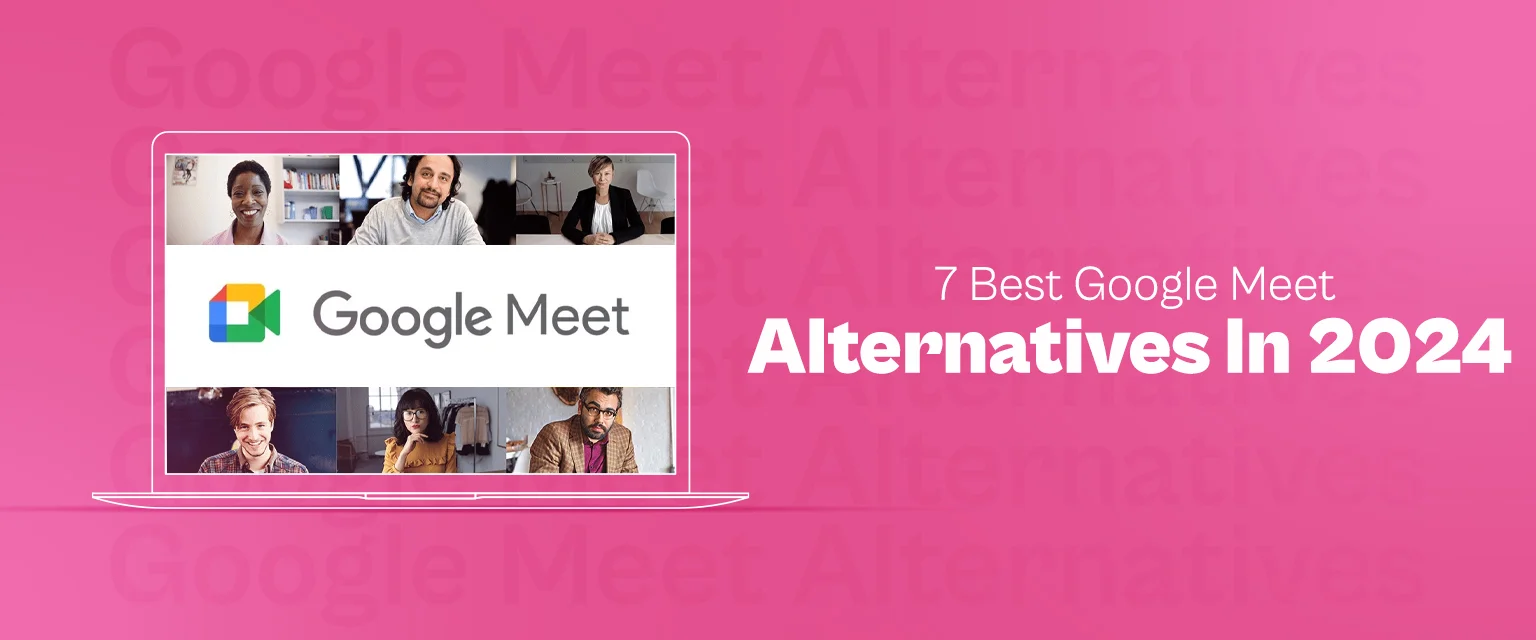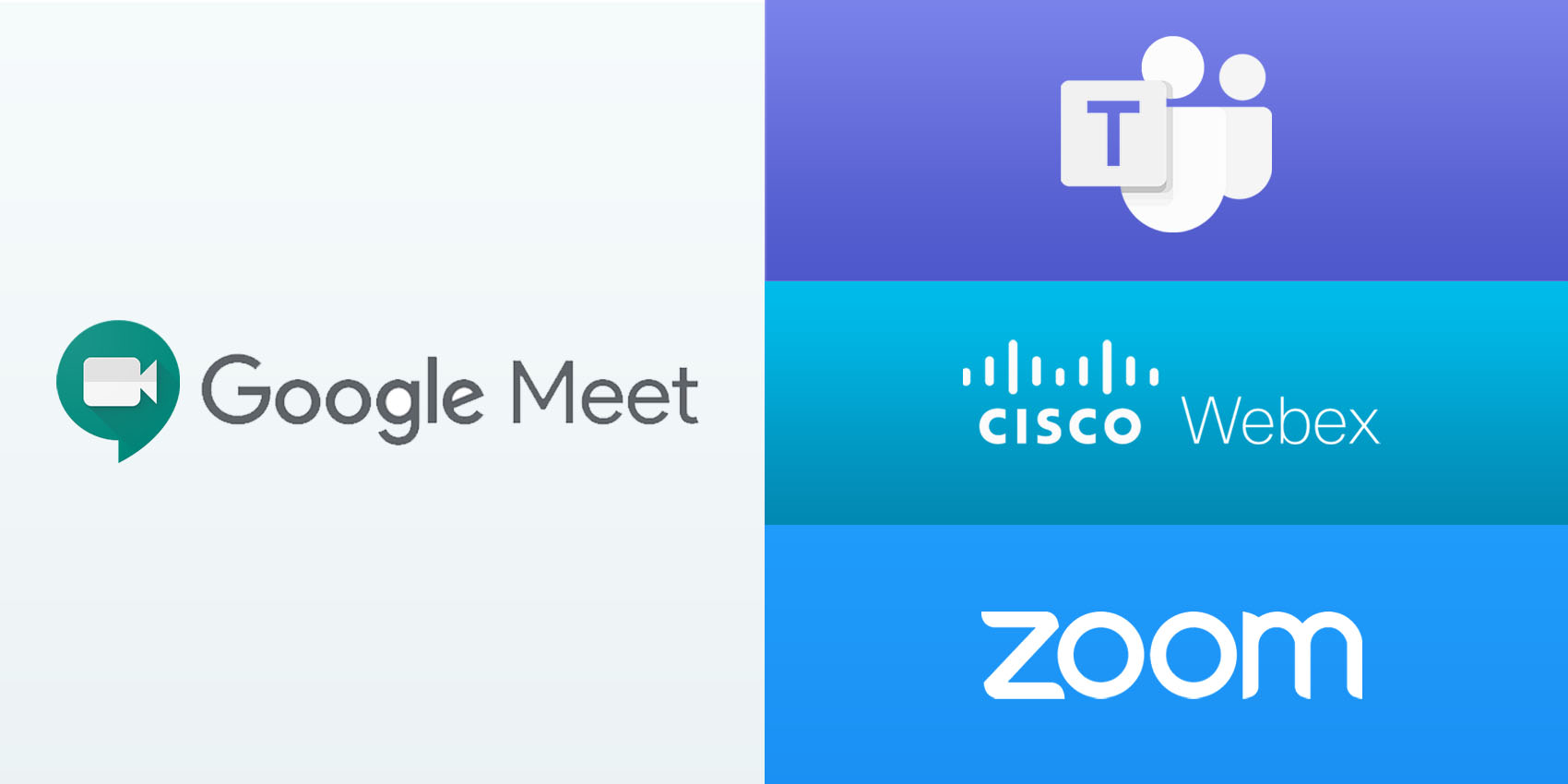In today’s digital world, connecting online is essential. Google Meet is popular but not the only choice.
Many users seek alternatives for various reasons like features and accessibility. Exploring these options can enhance online meetings. Different tools offer unique benefits and cater to diverse needs. Some prioritize ease of use, while others focus on advanced features. Whether for business or personal use, finding the right tool can improve communication.
This blog delves into several Google Meet alternatives. It will help you understand their features and decide which fits you best. Join us as we explore these alternatives. Discover new ways to connect and collaborate effectively.
Table of Contents
ToggleIntroduction to Communication Tools
In today’s fast-paced world, communication tools are essential. They help us connect and collaborate from anywhere. As remote work grows, these tools become more important. They provide a bridge for teams, friends, and families. From video calls to instant messaging, the options are vast. Each tool offers unique features and benefits. Choosing the right one enhances productivity and engagement.
Rise of Virtual Meetings
Virtual meetings are on the rise. They allow face-to-face interaction without travel. Businesses save time and money with online meetings. Teams can connect easily from different locations. This shift makes global collaboration possible. People can share ideas and work together seamlessly.
Need for Alternatives
Google Meet is popular, but alternatives are needed. Different tools offer diverse features. Some prioritize security, others focus on user experience. Every business has unique requirements. Exploring alternatives ensures you find the best fit. It enhances communication and boosts team efficiency.

Credit: mockey.ai
Key Features to Look For
Choosing a Google Meet alternative involves understanding key features. These features ensure a smooth and efficient virtual meeting experience. Let’s delve into what makes these features essential.
User Interface
The user interface should be simple and intuitive. Users must navigate easily without confusion. A clutter-free dashboard enhances usability. Look for clear icons and labels. Easy access to settings is crucial for quick adjustments. A visually appealing design improves user satisfaction.
Integration Capabilities
Integration capabilities allow seamless workflows. The platform should connect with other tools. Popular tools include calendar apps and email clients. This integration saves time and boosts productivity. Look for platforms that support third-party apps. Ensure compatibility with your existing software. This helps in streamlining tasks and avoiding disruptions.
Zoom: Popular Choice
Zoom stands as a widely used video conferencing tool. Many prefer it for its reliability and features. It offers seamless communication for meetings and webinars. Businesses and individuals alike find it useful. Zoom is known for its user-friendly interface and strong security. These aspects make it a favored choice for virtual gatherings.
Ease of Use
Zoom is simple and intuitive. Anyone can join a meeting with a few clicks. Setting up a meeting takes minutes. The interface is clean and easy to navigate. Users find the controls straightforward. Screen sharing and recording are effortless. Even beginners can use it without trouble. It’s designed to be accessible for everyone.
Security Features
Zoom takes security seriously. It provides end-to-end encryption for calls. Meeting hosts can control participant access. Features like waiting rooms enhance security. Zoom regularly updates its security protocols. Users can rely on it for safe communication. Privacy settings allow hosts to manage interactions. It’s secure for both personal and business use.
Microsoft Teams: Collaboration Hub
Microsoft Teams serves as a robust collaboration hub, offering a reliable alternative to Google Meet. Users can enjoy seamless video calls, chat functions, and integrated tools for work efficiency. Its user-friendly interface ensures effective communication and teamwork across diverse settings.
Microsoft Teams is rapidly becoming a favorite among businesses as a collaboration hub. It offers a robust platform for team communication and project management. With its seamless integration with Office 365, Teams provides a comprehensive suite for any organization looking to enhance productivity and collaboration.
Integration With Office 365
Microsoft Teams stands out for its deep integration with Office 365. Imagine working on a Word document with a colleague in real-time without leaving your chat window. Teams makes this possible, simplifying your workflow. Whether you’re scheduling a meeting through Outlook or analyzing data in Excel, Teams ensures everything is interconnected. This integration reduces the hassle of switching between apps. It helps you stay focused and organized. Do you ever find yourself juggling multiple tools to get things done? Teams brings everything under one roof. This streamlines your tasks and enhances your efficiency.
Team Channels
Team Channels are a core feature of Microsoft Teams that facilitate organized communication. Each team can create multiple channels to keep conversations relevant and focused. This structure ensures that discussions don’t get lost in a sea of messages. Think of channels as dedicated spaces for specific topics or projects. This helps in reducing clutter and keeps information easy to find. You can pin important messages, making sure crucial information is always at hand. Are you tired of sifting through endless emails to find project updates? Channels allow you to keep all related conversations in one place. This feature not only saves time but also boosts collaboration. The next time you’re frustrated with disorganized team communications, consider using Microsoft Teams. Its features are designed to make your work life smoother and more productive.
Slack: Beyond Messaging
Slack is not just a messaging tool. It offers features that enhance collaboration and communication. Many teams use Slack as a Google Meet alternative. Its diverse functionalities make it a valuable choice for businesses.
Channel Organization
Slack channels organize conversations by topic. This helps keep discussions focused. Each channel can be dedicated to a specific project or department. Teams can easily access relevant information. Users can join or leave channels as needed. This flexibility reduces clutter and improves productivity.
App Integrations
Slack integrates with many apps. This allows teams to streamline their workflows. Users can connect tools like Google Drive, Trello, and Zoom. These integrations bring everything into one place. Teams can manage tasks without switching between apps. This saves time and simplifies processes.

Credit: zapier.com
Cisco Webex: Enterprise Solution
Cisco Webex offers a robust enterprise solution, serving as a strong Google Meet alternative. It provides seamless communication with high-quality video and audio. Businesses benefit from its secure and reliable platform for meetings and collaboration.
Cisco Webex: Enterprise Solution When considering a robust alternative to Google Meet for your business, Cisco Webex stands out as a formidable choice. Known for its enterprise-level capabilities, Webex offers a comprehensive suite designed to meet the demands of large organizations. It combines powerful features with ease of use, making it a reliable option for professional communication.
Robust Security
Security is paramount in virtual meetings, and Cisco Webex excels in this arena. It provides end-to-end encryption and secure meeting IDs, ensuring your conversations remain private. Webex also offers multi-factor authentication, adding an extra layer of protection for your meetings. Imagine you’re discussing sensitive company strategies. With Webex, you can feel confident that your data is safeguarded against unauthorized access. This focus on security makes it a preferred choice for industries where confidentiality is crucial, such as healthcare and finance.
Meeting Capacity
Cisco Webex is built to handle large-scale meetings. It supports up to 1000 participants, making it ideal for webinars, conferences, and large corporate gatherings. This capacity ensures that everyone in your organization can be part of important discussions, regardless of their location. Think about your last team meeting. Was everyone able to join seamlessly? With Webex, you won’t face limitations on participant numbers, allowing for smoother, more inclusive communication. This feature is particularly beneficial for global companies with distributed teams. In choosing a platform like Cisco Webex, you’re opting for a solution that prioritizes both security and scalability. Does your current meeting tool offer the same? If not, it might be time to explore alternatives that align better with your enterprise needs.
Jitsi Meet: Open Source Option
Looking for an alternative to Google Meet? Jitsi Meet might be the answer. It’s an open-source video conferencing tool. With Jitsi Meet, users enjoy privacy and flexibility. This platform offers a unique set of features. Let’s explore some key aspects of Jitsi Meet.
Customizable Features
Jitsi Meet lets you modify settings to fit your needs. Users can add plugins. Customize the interface according to preferences. Developers can tweak the code. This makes Jitsi Meet a versatile option for businesses. Personalize meeting spaces effortlessly. Control the look and feel of your virtual meetings.
Cost-effective Solution
Jitsi Meet is free to use. You won’t face subscription fees. This makes it a budget-friendly choice. Even small businesses can afford it. Hosting meetings on your server? You only need to cover server costs. It’s a great tool for reducing expenses. Save money without sacrificing quality.
Comparing Alternatives
Exploring a Google Meet alternative? Zoom offers reliable video conferencing with easy screen sharing. Microsoft Teams integrates seamlessly with Office tools for collaboration. Both platforms are user-friendly and support large group meetings.
In today’s digital era, video conferencing tools have become essential for seamless communication. Google Meet is popular, but exploring alternatives can offer features better suited to your needs. Comparing different options can help you find a tool that enhances your virtual meetings, fits your budget, and provides an optimal user experience.
Pricing Models
When it comes to choosing a video conferencing tool, pricing models can vary significantly. Some platforms offer free versions with limited features, while others have tiered subscriptions based on the number of participants or usage. Consider Zoom, which provides a free plan for up to 100 participants, but limits meeting duration to 40 minutes. In contrast, Microsoft Teams includes video conferencing within its Office 365 subscription, making it a cost-effective choice if you’re already using Microsoft’s suite of tools. Evaluate your team’s size and needs. Do you often host large meetings? If so, investing in a premium plan that allows more participants and longer meeting durations might be worth it.
User Experience
User experience is crucial in determining how effective and enjoyable your video meetings will be. Tools like Skype are known for their simplicity, offering an intuitive interface that’s easy to navigate for all users. On the other hand, Cisco Webex provides robust features but may require a learning curve for new users. Its detailed options are great for seasoned professionals but might be overwhelming for casual users seeking straightforward functionality. Reflect on your team’s tech-savviness. Is everyone comfortable with complex interfaces, or would a simpler, streamlined tool be more effective? Think about how ease of use can impact meeting efficiency. Choosing the right alternative involves balancing cost with usability. Will you prioritize advanced features or opt for a straightforward approach? The decision ultimately depends on what aligns best with your specific requirements and goals.
Choosing The Right Tool
Finding a suitable Google Meet alternative can be challenging. With many options, it’s crucial to select the right tool. The right choice enhances communication and productivity. Consider your needs and future growth. Below, we explore key aspects to help you decide.
Assessing Needs
Identify your primary communication needs. Do you need video calls or chat features? Consider the number of participants. Also, think about the frequency of meetings. Evaluate if screen sharing and file sharing are important. Understanding these needs helps narrow down options.
Scalability Considerations
Think about your future growth. Will your team expand soon? Choose a tool that grows with you. Consider if the platform supports more users. Check if it offers scalable pricing plans. A scalable tool ensures seamless communication as your team grows.

Credit: www.reddit.com
Frequently Asked Questions
What Replaces Google Meet?
Google Meet isn’t replaced but alternatives exist. Zoom, Microsoft Teams, and Cisco Webex are popular video conferencing options. Each offers unique features for virtual meetings. Consider your specific needs to choose the best platform.
What Is The Best Free Online Meeting?
Zoom is a popular choice for free online meetings, offering features like video conferencing, screen sharing, and chat. It supports up to 100 participants for 40-minute sessions. Google Meet is another reliable option, providing integration with Google Workspace and easy access via Gmail.
Both platforms ensure secure and efficient communication.
Is Google Meet Being Replaced?
Google Meet is not being replaced. It remains an essential tool for virtual meetings and collaboration. Google continuously updates and improves its features to enhance user experience. Users can expect ongoing support and development for Google Meet.
Is Zoom Quality Better Than Google Meet?
Zoom often provides higher video quality than Google Meet. It offers up to 1080p resolution for paid plans. Google Meet typically supports 720p. Zoom’s video enhancements can lead to a better experience, depending on your internet connection and device capabilities.
Both platforms are suitable for most users’ needs.
Conclusion
Choosing the right Google Meet alternative is important. Each platform offers unique features. Consider your needs and preferences. Think about security, ease of use, and cost. Test a few options if possible. This helps find the best fit for you or your team.
Virtual meetings are vital in today’s world. They connect us across distances. The right tool makes communication smooth and effective. Stay informed about updates and new features. This ensures you always have the best experience. Happy meeting!




